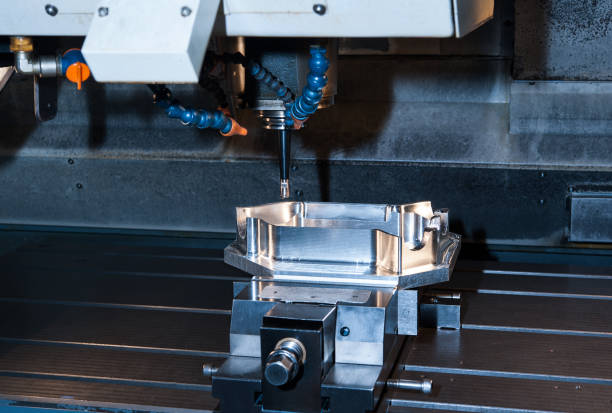What Exactly Is A Press Brake As Well As The Reason Why Will I Want One?

Press brakes are a type of machine used for bending sheet metal. The metal is
placed on an V-shaped die, and then pressed into from above by the punch. These
machines can bend parts that are simple or complex, and they are used in many
different industries, from automotive to aircraft to housing and
cabinets.
If there's a need for bending panels of metal, a press brake is vital, making
these machines a staple in machine and job shops.
What size of press brake should I purchase?
The most crucial factors to consider when purchasing a press brake is the
tonnage and bending length. These specifications are established in accordance
with the dimensions and thickness of the material you will bend. Planning ahead
and knowing the requirements of your project will enable you to make the right
decisions.
Tonnage
Tonnage is the measure of the amount of pressure that can be applied to a
bend by the punch using a press brake. More tonnage is able to bend thicker and
harder metals, and lower tonnage is appropriate for thinner metals.
Bending length
The bending length of an e-press brake is the highest allowed length of a
sheet that is bent.
If you own a tiny press brake that has a 4' bending length, you won't be able
to bend a 6-foot piece of sheet metal because it's too long. You want to get the
press brake that has an bending length that is slightly larger than the length
of sheets you will be bending.
What is the reason why tonnage and length so crucial?
These are important as each press brake comes with an imposed loading limit
which is measured in tons per inch, located in the middle of the presses. The
wrong tonnage could cause damage to the ram of the press or die parts and, in
some instances, could even cause the destruction of the equipment.
The process of determining the limit of load on a press brake can be
accomplished with simple math. Let's consider this scenario: Find the distance
between the columns and divide it by.6. Then divide this number into the
tonnage.
If there is 10.6' between columns on a 350-ton press brake, multiply that
number (10.6 12'' x 12'' equals 127.2"') by.6 (which equals 76.32) to calculate
the number of tons. 350/ 76.32 = 4.58, so that press brake's load limit would be
4.58 tons per inch. If you want to bend a 5' sheet of paper using this press,
then you'd need a press power value of 275. (5 12." = 60)x 4.58 = 285
tonnes.
The scenario may change based on the type of metal or machine. There are many
different methods to determine the power of a press.
The calculations can be found in the manual for operators or on the chart of
the machine. To prevent damage to the machine the operator of a press brake
should be aware of the amount of pressure being applied.
What press brake do I need to buy?
Hydraulic is among the most well-known forms of press brakes. When used in conjunction with a CNC control system, it will speed up setup and boost effectiveness. A CNC press brake can come in a variety of tonnages and sizes.
Comments
Post a Comment